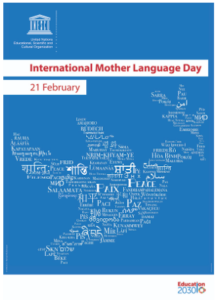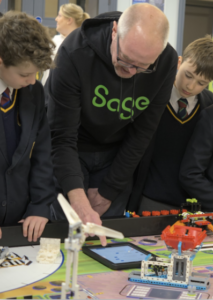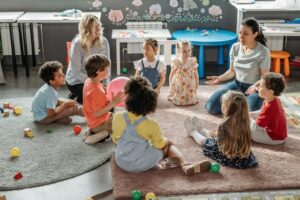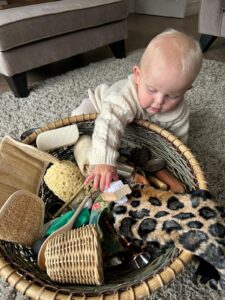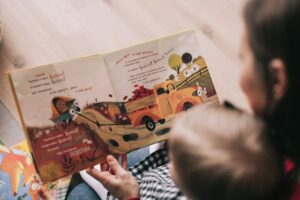The Benefits of Maintaining Your Home Language
In a world that’s becoming increasingly interconnected, it’s easy to feel that the language we speak at home may not be as “useful” or important as the dominant language in our community or workplace. But the benefits of maintaining proficiency in your home language reach far beyond mere communication. They touch upon identity, culture, cognitive growth,…
Read MoreInternational Mother Language Day
International Mother Language is celebrated every year on February 21st to promote linguistic and cultural diversity and encourage the preservation of mother languages around the world. This day is recognised by UNESCO (United Nations Educational, Scientific and Cultural Organisation) and emphasises the importance of languages in fostering inclusion, communication, and cultural heritage. The day…
Read MoreUpdated Youth Mental Health First Aid training
Record levels of young people are struggling with their mental health. Academic pressures, social media, bullying, poverty, inequality, and the lack of timely professional mental health support available are all contributing factors. The Youth MHFA course has been updated for 2025 with the latest knowledge and research to provide ongoing support to Mental Health First…
Read MoreWorld Book Day 2025 – making it meaningful
World Book Day 2025 takes place on Thursday 6th March this year. It provides a wonderful opportunity to celebrate books, authors, illustrators, and the love of reading with children and adults alike. Research tells us that reading for pleasure is the single biggest indicator of future success for a child – even above family circumstance,…
Read MoreFIRST LEGO League & Sage, our winning partnership
This year will see our biggest ever year of FIRST® LEGO® League events as we deliver five tournaments in March and two more events in July. We will welcoming teams from North Tyneside, Northumberland, Gateshead, Teesside, Newcastle, County Durham, and even a visiting guest team from Ghana! In this first in a series of…
Read MoreUnderstanding the Impact of Falling Victim to an Online Scam
Introduction How do you measure the impact of online scams? Do you count the financial impact, or the lost time spent trying to reclaim personal data. Do we consider the personal costs, such as the feelings of shame and humiliation, often associated with this sort of crime. An Ofcom study reported that more than 30%…
Read MoreHow my Early Years experience prepared me for fatherhood
Having worked in early years for over 12 years, I wanted to share the experience I have as being a man in childcare and how it prepared me for fatherhood. Men make up just 3% of the entire early years workforce in the UK. It can be isolating, lonely, and the profession seen as a…
Read MoreWhy all the talk about oracy?
It seems almost impossible at the moment to avoid the conversation about importance of oracy in education – and rightly so. As James Britton once said, ‘Reading floats on a sea of talk’ (Britton, 1970, p. 164), but good oracy skills go further than that. Strong oracy skills are essential for our young learners to…
Read MoreSensory Play: The Enchantment of Treasure Baskets
Ever wonder why on Christmas morning young children are more fascinated with the wrapping paper, packaging and cardboard boxes than the gift inside? That’s because these objects provide many opportunities for children to engage with their senses such as touch, smell, taste, sound, sight and bodily movement. The wrapping paper may make an interesting noise,…
Read MoreNorth Tyneside Headteacher Conference
14th February 2025 9:30am to 3:30pm The Council Chamber, Quadrant East, North Shields Now only 8 places left! We are delighted to see see sign-up from such a wide range of schools, including academies and maintained schools, secondary, middle, primary and first schools, faith schools, North Tyneside schools and schools in the wider region.…
Read MoreRace Equality Week 2025
Celebrating Diversity and Unity: Race Equality Week In a world often divided by differences, celebrating unity in diversity is a beacon of hope and progress. Race Equality Week 2025 (3rd – 9th February) is a significant annual event that encapsulates this spirit by fostering understanding, challenging prejudices, and promoting inclusivity. This week serves as a…
Read More

